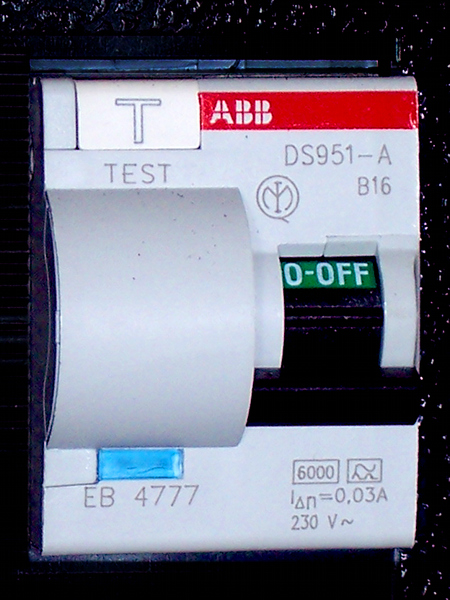CityBird wrote:Hope someone can help me with some electrical engineering questions. Unfortunately international Tech Forums don't give me any conclusive answers and my Finnish isn't goed enough to involve myself in native Finnish tech forums :) .
I understand that the mains supply system in Finland differs considerably from most of Europe. Could someone clarify these.
- Most 3-phase supply is 3x230V without neutral?
- Do (some) homes get 3-phase supply or always just one single phase?
- How does the grounding with you guys work. Is this one transformer leg (delta) connected to ground (230,230,0 V with respect to ground) or Wye centre tap connected to ground (130,130,130V with respect to ground) or is this a so-called IT-system (floating) with (or without?) GFCI. If so how do residents monitor earth failures?
Not an expert in this field, but in short, Finland uses
the TN–C–S system for electrical supply to normal households and offices. It is typically three phases + PEN into the home, but the PEN is then split into PE and N in the fixed indoor wiring and subsequent extension cords. Each phase is 230V against ground, 400V against each other.
In older installations, the wall sockets only used to have the protective earth contacts if located in a potentially damp environment, such as a bathroom, or outdoors, or in a non-insulated outbuilding. Any new installations have PE on every socket. The old PE-less sockets are of the
CEE 7/1 type and the ones with PE are
CEE 7/3, the same type as used in Germany.
The three phases are typically split into separate (groups of) rooms in the house, so that you will have some rooms connected to L1, some to L2 and so on.
The electric range/range top/oven, the HVAC components, and the sauna stove are typically connected to three-phase power using fixed connections hidden in a wall box. You might additionally have some 400V
IEC 60309 outlets for three-phase power — for powering some heavier-duty workshop tools such as table saws, band saws and lathes. Electric cars will also likely increase the use and installation of three-phase power sockets in regular households but they have varying plug standards.
Alternatively, you
might only get a single phase + PEN if it is an old, small house (or apartment) where your great-granny used to live — but then it has to be quite old, small, and neglected (not renovated lately), or something like a summer cottage where your needs are met with less and the installation was cheaper that way. Three-phase to the home is the normal way in modern times.
If you know any Finnish or can machine-translate some, this discussion might be of some interest to you:
https://groups.google.com/forum/#!topic ... 19mXV7us3I
Some pictures of residential fuse boxes:
An old one in an old rural home, maybe installed in the 1950s or 1960s:
http://3.bp.blogspot.com/_EtYpxyIfjwI/S ... G_2680.JPG
Bit larger ones, probably of the same age but with a modern meter:
http://www.ess.fi/incoming/2015/06/09/1 ... 244518.jpg
This one has suffered some wear and tear (taken from a blog where a couple is renovating an old house.) Note the three main fuses in the bottom-left corner, one for each phase:
http://1.bp.blogspot.com/-3MamRa8vJxE/V ... CF4717.JPG
More modern samples from the 1980s or so:
http://www.eltelnetworks.com/globalasse ... roject.jpg
http://images.cdn.yle.fi/image/upload// ... 650208.jpg
A modern fusebox with automatic circuit breakers (from my own apartment built in 2002):
http://imgur.com/a/22gDJ
Another one which is being installed to someone’s new home at the time the picture has been taken:
http://www.viitalat.net/media/20060123_1.jpg

